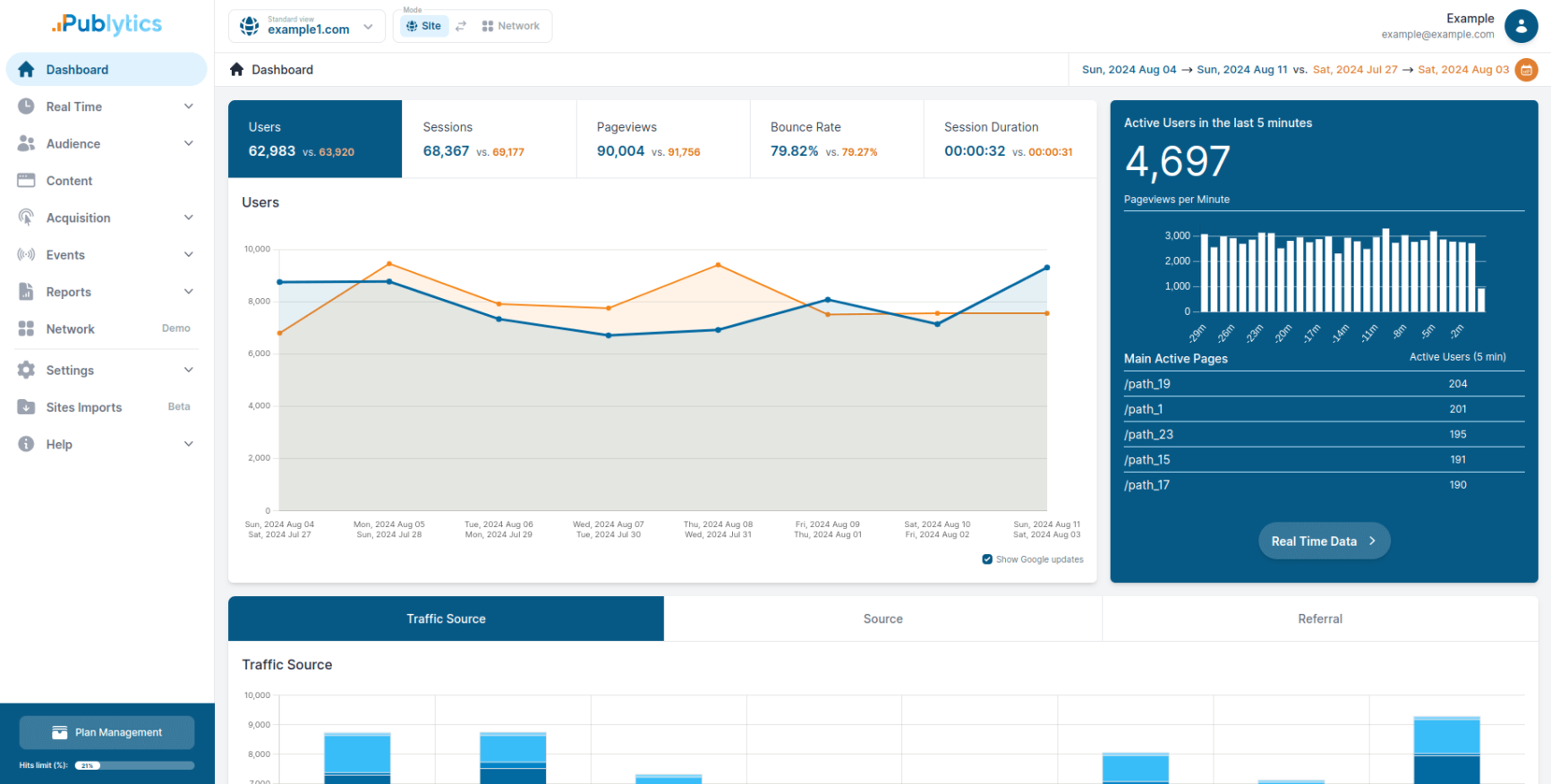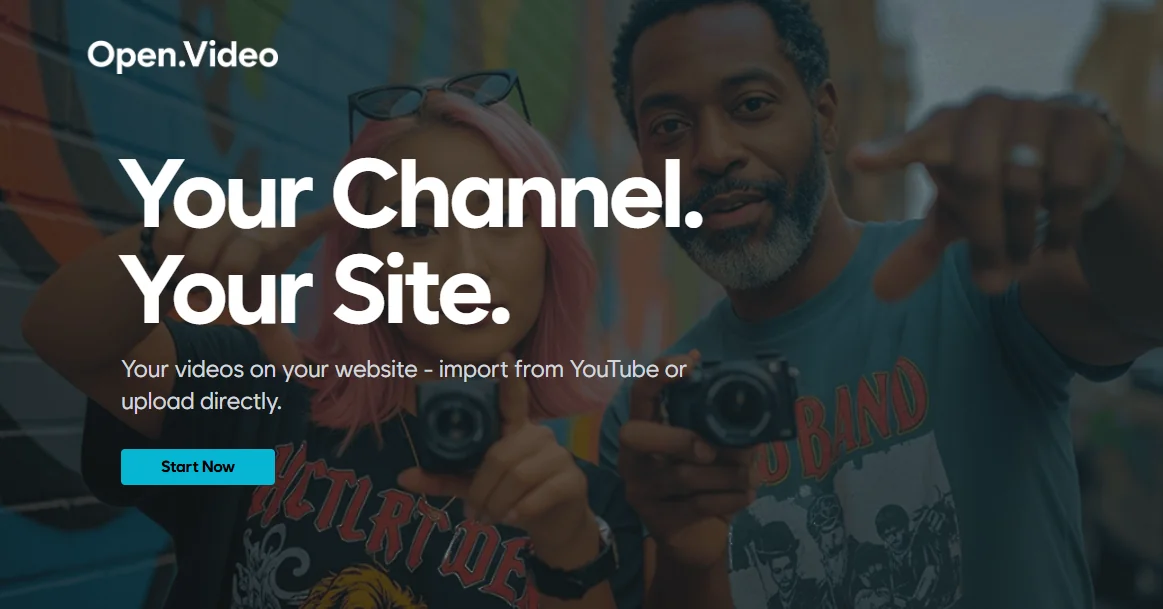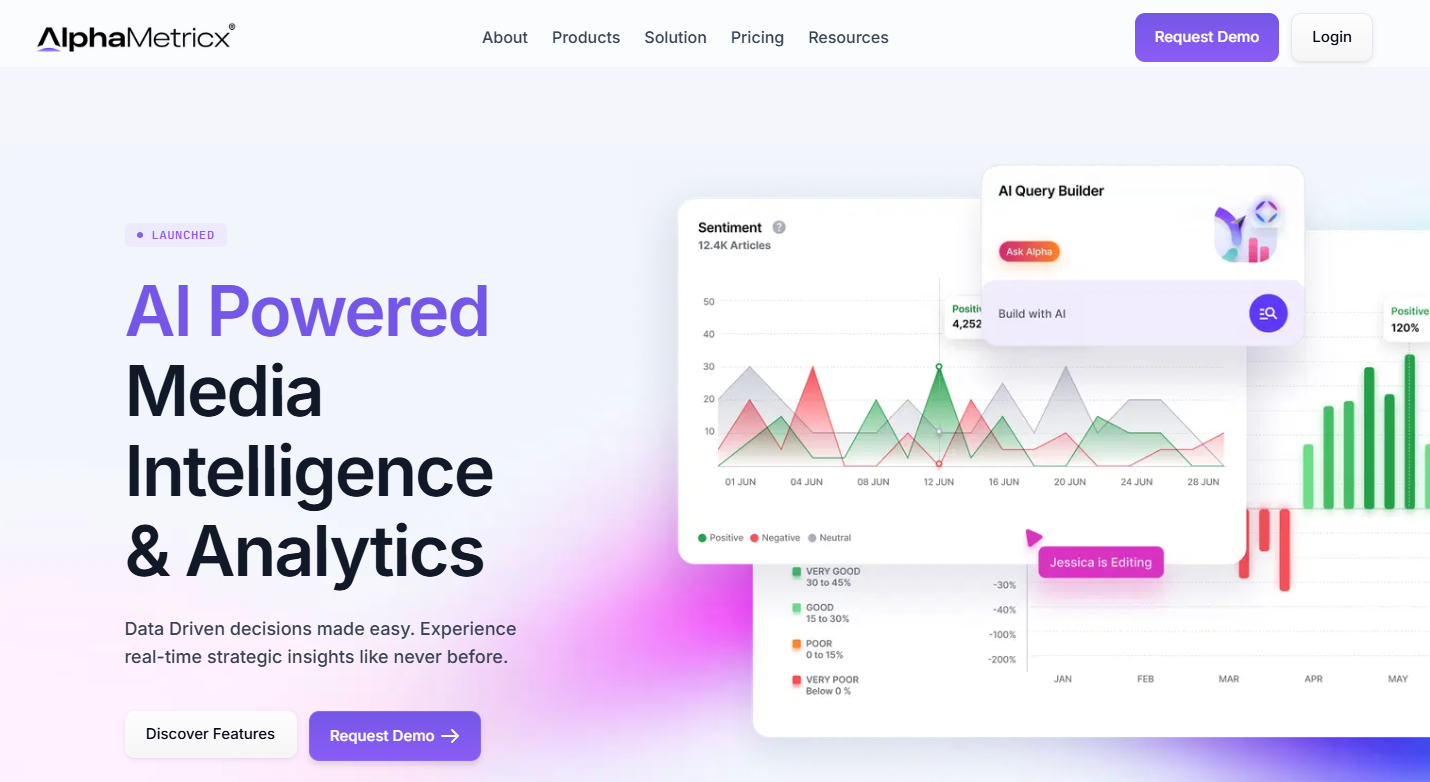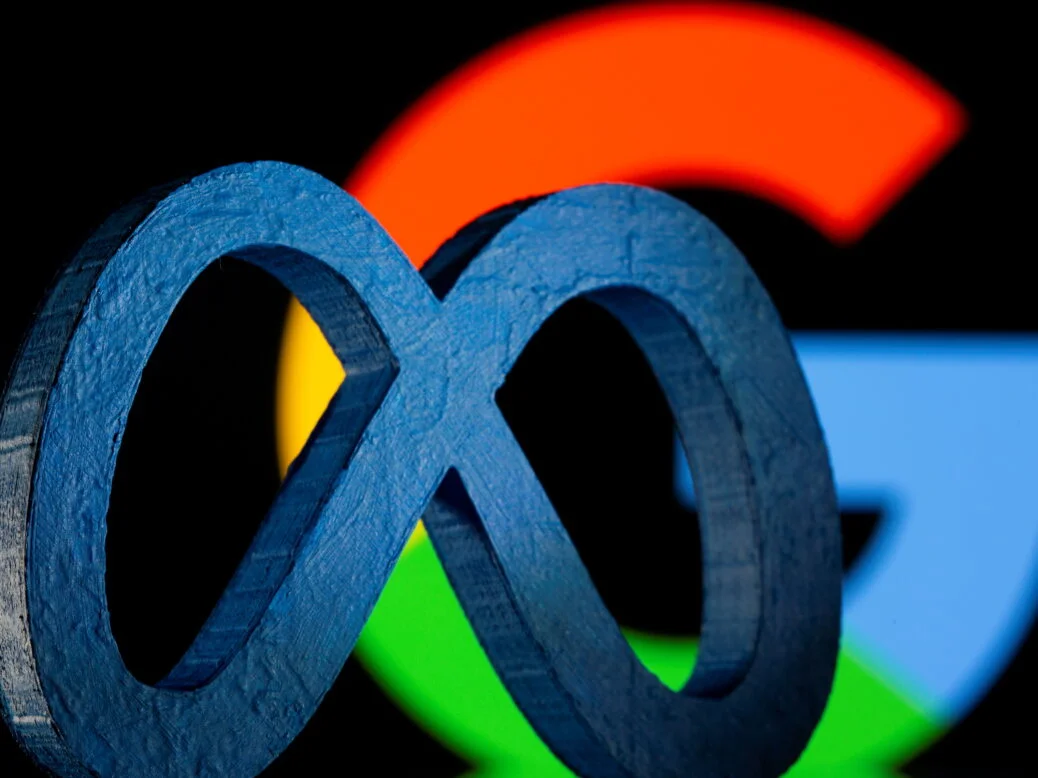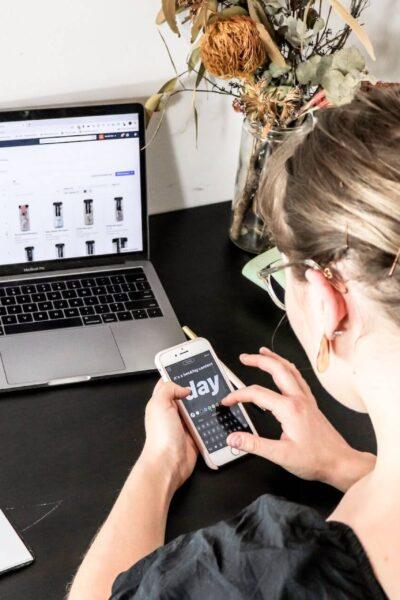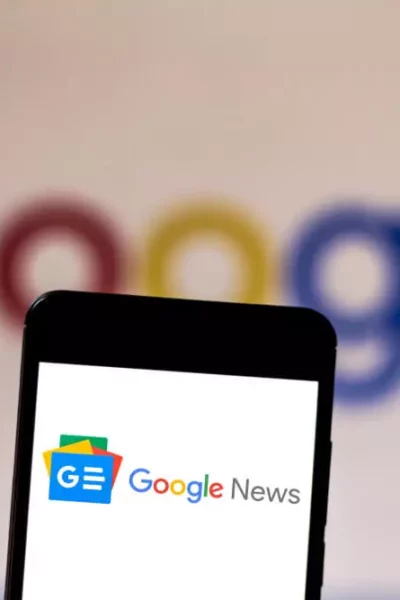Podcasts took the world of the news by storm. We’ve been observing the growing popularity of this phenomenon in the last years – more and more people are falling in love with podcasts. No wonder, it’s a much better idea to listen to the news, comments, or interviews in this form than, for instance, trying to read an article while driving a car. Consequently, more and more companies, influencers, and entrepreneurs are making podcasts today – news publishers represent a big part of this group.
We may wonder if podcasts are a temporary trend or a kind of publication that will stay with us for good. It’s time to ask what podcasts can give publishers. Is it possible to make money from them? What role in the business strategy they can play? What topics can publishers discuss in podcasts?
This article is an answer to the above questions and I venture to guess that many things may surprise you.
How many people do listen to podcasts?
Although the term “podcast” was formed in 2004 (as a connection of “iPod” and “broadcast”), the utter podcast craziness has only recently started. One of the reasons for the podcast’s present craziness is improving audio technology. Do you still remember Discmans or Walkmans? Today, listen to the audio content is much easier and just more comfortable than it was a few years ago. The same situation involves creating this kind of content – you can basically do it on a modern smartphone with an Internet connection.
This graph shows how many people listen to podcasts and how quickly these numbers are increasing. What’s more, this tendency will continue to grow.
This also applies to podcasts created by publishers. As the latest data from Podtrac shows, publishers are pulling in huge audiences from around the globe with their podcast content.

What can podcasts give news publishers?
News publishers have the upper hand in creating podcasts and perhaps many of them don’t realize it. Firstly, they are strong brands that allow them to treat podcasts as an extension of their distribution channels. Their industry experience is full of valuable resources to make content from it. Secondly, they’ve already gained a loyal audience, and most importantly, people’s trust. Thirdly, they have experience with preparing interviews and creating video or audio content.
What can publishers gain thanks to podcasts?
- It is an intimate medium that helps publishers build audience loyalty. Podcast interviews are less formal, more personal, and allow the audience to see people from the other side.
- According to the Reuters Institute Digital News Report 2018, people expect podcasts, and the young generation listens to a lot of them. So if you want to build user loyalty or gain teenage listeners, podcasts are a really good way to do it.
- Podcasts are additional benefits for a very small cost. Unlike video, which requires a costly investment in equipment and personnel, the barrier to entry is much lower for podcasts. Even a low-production show where two journalists discuss with each other can be easy to make.
- Podcasts can strengthen the bond with your current audience, attract new readers, increase your editorial reputation, build loyalty and confidence in your journalists, columnists, and writers. Listening to an eloquent expert on a topic strengthens the reputation and authority of your brand.
- It can be a platform for different types of audio content: live events or direct communication with the audience.
- Podcasts provide monetization opportunities, even if the audience is small. It’s not the size, it’s the commitment.
How to make money podcasting?
Let’s face the truth. For most publishers, the podcast’s value is based on building loyalty and reputation. In the long run, it can help to increase subscription revenue. While big publishers like “The Economist” can generate a good income from podcasts thanks to advertising and sponsorship, smaller publishers can’t count on high profits, mostly in the beginning.
However, it doesn’t mean that monetizing podcasts is impossible. It just requires a lot of effort and years of regular work. I’ll show you a few ways to increase your income.
- Advertisements. For most news podcasts, the main revenue driver is advertising – even with publishers like “The New York Times| who use the subscription model elsewhere. Podcast ads can have different shapes and sizes and can be placed at the beginning, in the middle, or in the end of episodes. Typically, ads are 15-30 seconds long. The more they are related to the podcast’s main topic, the better for listeners – they don’t feel irritated.
- Sponsorship. It can take many forms. There are examples of individual sponsored episodes, miniseries, and even entire podcasts with a brand name from the sponsor.
- Subscriptions. Podcasts can be a way to attract listeners to the wider publisher content. It is a common strategy that can work for both print and digital subscriptions. For example, your regular podcast can be free, while its extended versions are available only in a paid option.
- Packages. These types of podcasts are fine to offer as part of a membership or subscription package, but otherwise, they may struggle to get an audience on their own due to their closed nature. Podcasts can reward paying subscribers with added value; you can offer paid podcasts that are free only for your newspaper subscribers. “The Economist” has been offering subscribers all of its articles as podcasts since 2007.
- Premium content. If you know your readers/podcast listeners well, there’s a good chance to offer them some premium content you know they’ll love. All you need to do is to create special recordings that are only available for purchase. You can sell podcasts related to:
- Questions and answers with special guests who are specialists in their field.
- Early access to episodes that will be free one day.
- Episodes without ads.
- Special commentary by experts.
- Paid access to the live transmissions. Podcasts can become a platform for launching live events. The presenter becomes an opinion leader in the industry.
What about offering free podcasts?
Free podcasts are a great way to attract potential subscribers. “The Financial Times” uses its free podcasts to help transform listeners into paying subscribers for their web content. Publishers have existing channels for promotion and distribution: newsletters, emails, social media – thanks to them they can change readers and website visitors into listeners and… vice versa.
Which podcast format is right for you?
News content is at the forefront of the popularity of podcasts created by publishers. Podcasts fit this type of content naturally, are essentially journalistic endeavors, they are a unique and extremely flexible medium. It doesn’t mean that a lifestyle magazine publisher can’t make an enjoyable podcast.
The main rule of creating podcasts is to give readers something that you don’t give them in the paper or digital version of your publication – some special added value. It doesn’t have to be directly related to your magazine. When you enable people access to the best guests, specialists who want to share special knowledge, they will be interested in it, inclined to share it on social media and pay for it.
The audio program gives you the opportunity to experiment with new formats or topics of conversation which you can then transfer to your main publishing platform. It can take the form of a team-led talk show, a story, a magazine or, more simply, a conversation between two people.
Content from our partners
What kind of podcast can you create?
- One-on-one interview. It is the most popular podcast format. Why? Because it’s easy to do. Actually, all you need is a microphone and an internet connection for both sides.
- Solo commentary. You can tell stories of people doing amazing things in your industry, reveal the secrets of the profession, share different anecdotes, etc. There is one condition – you have to be a talented speaker.
- Discussion. Creating a panel podcast requires more work: ensure microphones, be ready for technical obstacles, find a day and time that anyone can record, etc. However, this format has many advantages. It’s the most ambitious kind of podcast, the satisfaction of creating it is big and it’s always fun to listen to the conversation between some interesting people.
Where can you publish your podcast?
You can simply put your recordings on your YouTube channel, or upload completed recordings into services dedicated to podcasts sharing, such as:
- SoundCloud
- Stitcher
- Spotify
- Google Podcast
- Overcast
These kinds of websites use algorithms thanks to which listeners get lists of suggested content similar to what they listened to before. It’s a chance for new podcasts to be discovered.
If you publish a digital or mobile magazine, you can simply put audio content inside it, and make it available also in your mobile magazine app. There are digital publishing platforms that allow adding audio or video to the online publication easily, so readers can watch and listen to it when using an app. One of the companies offering this kind of solution is PressPad – they implemented the integration with Youtube, Vimeo, and Soundcloud to their publishing platforms because they saw the willingness of publishers to share this kind of content.

It is a good practice to put recordings in a few places – platform diversification is important because it has the potential to present your podcasts to a wider and diverse public. The information about all the places you put your podcasts should be visible also for your current followers. Don’t forget about informing people on your social media channels (brands and yours). You can do this every time you publish a new episode, not only when you start creating podcasts.
Should I do podcasts or not?
Building a loyal podcast audience takes time and sacrifice, and those who believe in instant success will be disappointed for sure. While many programs take years to gather a large enough audience to generate significant revenue, this medium can help expand your offer, stand out from the competition.
Perhaps we all have enough of looking at the screen and we prefer to listen to the content like it was years ago, when the only medium people had was radio.


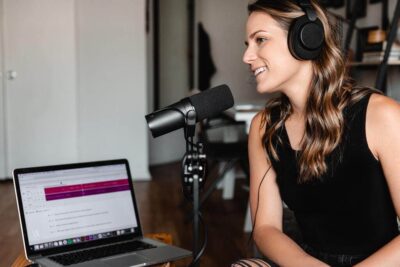
 Podcasts Rising in Prominence
Podcasts Rising in Prominence